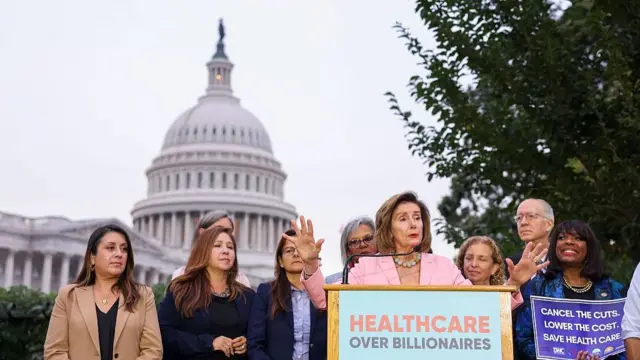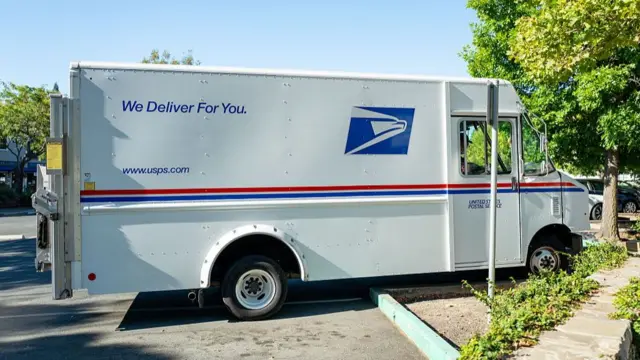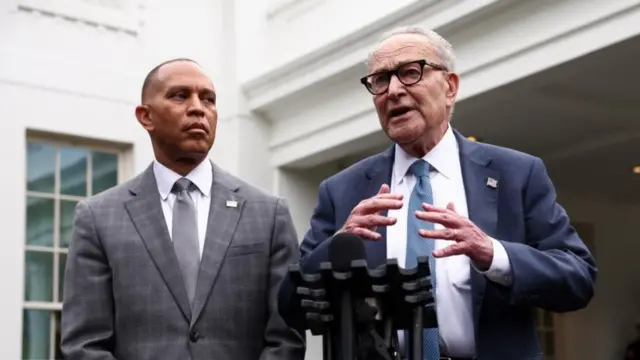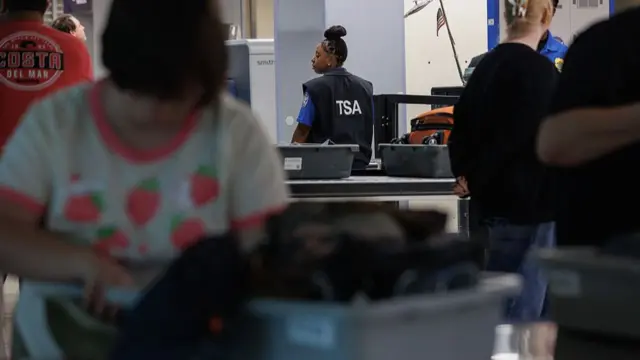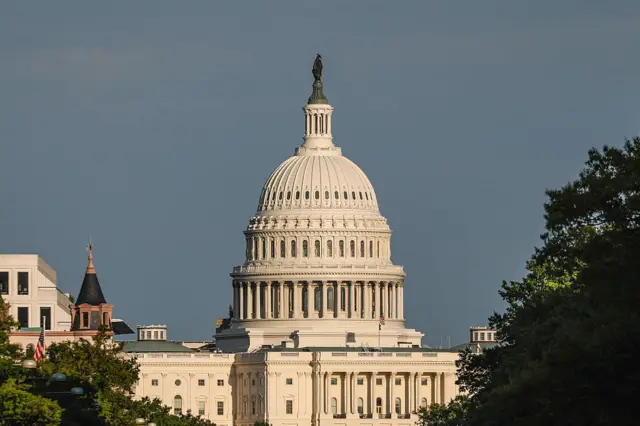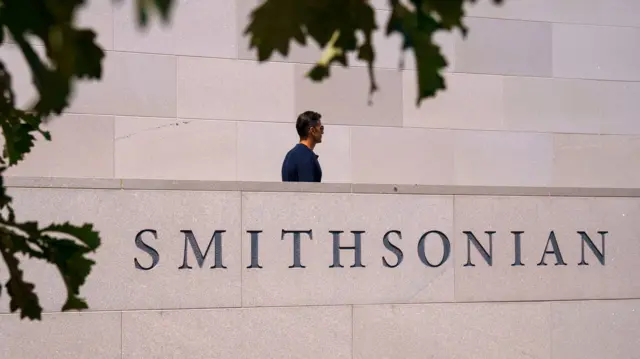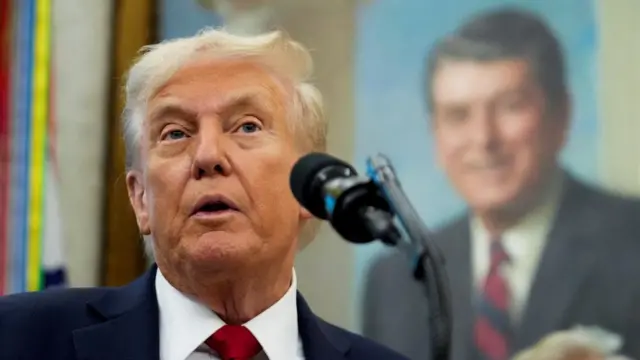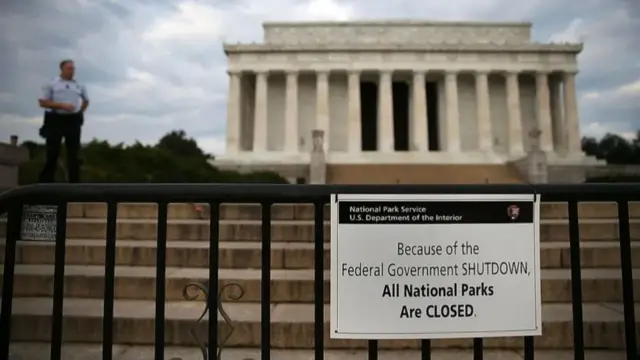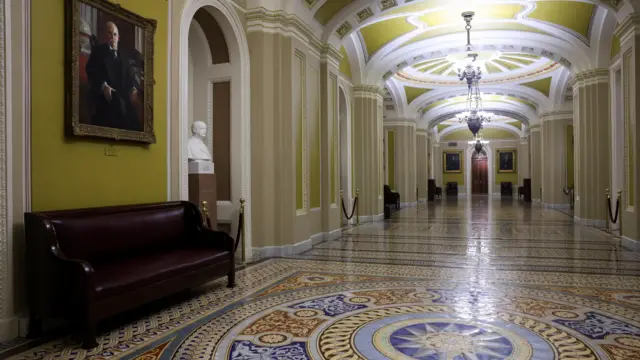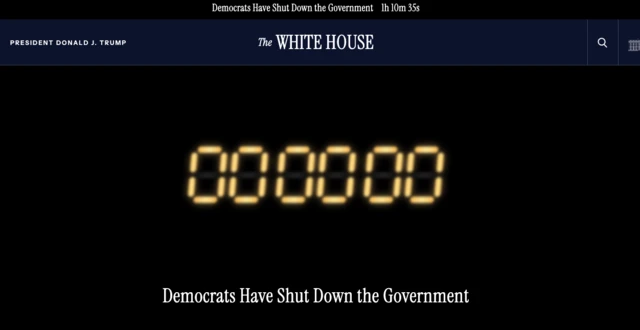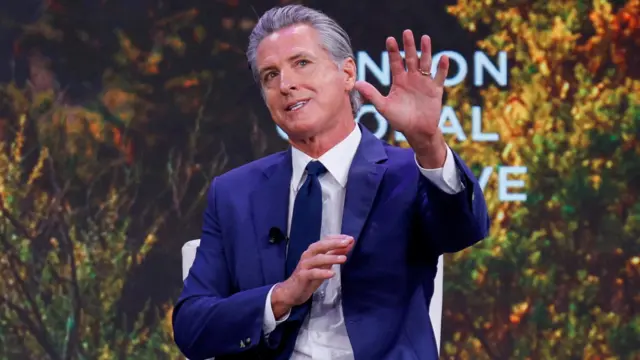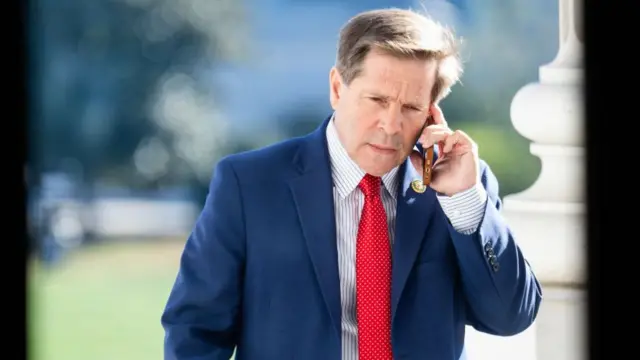There's been a lot of talk about continuing resolutions - let's explainpublished at 12:21 BST 1 October
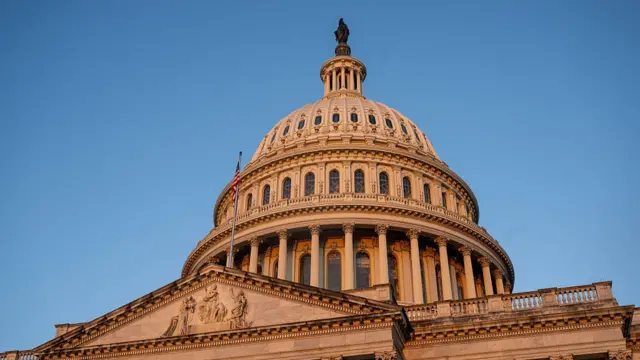 Image source, Getty Images
Image source, Getty ImagesThis US federal shutdown was triggered because Congress failed to pass a last-minute funding bill, called a continuing resolution (CR).
A continuing resolution is needed when Congress is unable to complete their spending bills - which provide funding for around 25% of all government operations - on time.
It is a temporary “stop gap” which allows Congress to fund the federal government for a short time. They cover a period during which Congress and the US president reach an agreement on how to allocate federal funds.
The vote for a continuing resolution took place in the Senate, but only managed to reach 53 of the 60 votes needed to pass it.
This shutdown now won't be resolved until Congress passes a funding bill.
